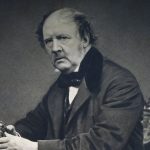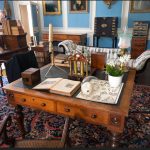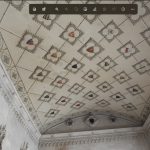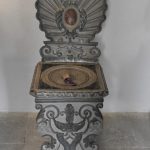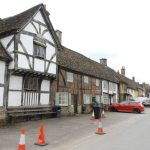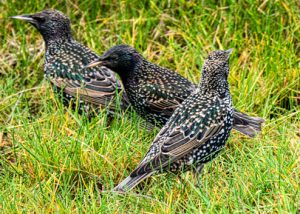AHA Group made their fourth excursion of the year on Friday 22nd April to Lacock House incorporating a Photographic exhibition. Once again, we met as usual at Wickes Car Park and had a very pleasurable journey across the Wiltshire Downs to Lacock. The weather remained dry throughout the day, albeit a cold wind if you were caught standing in the wrong place.
On arrival, there was a very short walk to the Stable café where a warm drink was appreciated.
From here it was decided to start with our tour of the Abbey. The origin of the building spanning over 800 years, starting life as a nunnery and around 1536 abbeys and convents were closed as part of the Dissolution of the Monasteries, ordered by King Henry VIII after his break with Rome and the Catholic Church in 1533.
Gallery: click on any picture to enlarge all
Then William Sharington in 1540 bought the Abbey for £730 and transformed it into a country house. This action resulted in demolishing the church and the lady chapel. In September 1574, Queen Elizabeth I visited Lacock and stayed in the abbey. In thanks, she knighted the then resident Sir Henry Sharington (brother of William Sharington, who died in 1553). On his death, Sir Henry left Lacock Abbey to his daughter Olive and her husband John Talbot of Salwarp, starting a long tradition of Talbots at Lacock ending with William Henry Fox Talbot who became one of the world’s leading photographers. And it was him who developed and was the first to produce a paper negative. This was achieved by many trials and error processes and his first success was of this leaded glass window which is situated on the west side of the house. The success of producing the paper negative allowed the production of numerous prints to be created from the original negative.
We entered the house via horseshoe shaped steps taking us to the 1st floor where we entered the Great Hall, which was adorned by a variety of bazar sculptors. There was a series of corridors with a numerous’ period paintings on display. We could clearly see the transformation of the nun’s dormitories into smaller family rooms. There were limited artifacts to peruse, but an interesting item that stood out were two pairs of picnic chairs. They were of an Italian design, carved and painted wood, the backs detachable to make it ease to carry out into the garden. A leisurely stroll was taken around the gardens and cloisters, viewing the Tudor brewhouse and bakehouse. By this time lunch was calling and a visit to the local pub sufficed.
Feeling refreshed we went to view the Astronomy Exhibition – Photographer of the Year, an annual competition run by the Royal Observatory Greenwich. This was very interesting with extraordinary images of astrophotography, Galaxies, aurorae, and skyscapes. This was quite mind boggling how these photos were achieved and the detail was phenomenal.
Lacock village is the backdrop for many traditional films, Wolf Hall, Pride and Prejudice, Harry Potter and many more. You really do feel as though you are stepping back in time as you take in the atmosphere as it is so tranquil, plus it is very noticeable that there are no TV Aerials in sight.
To complete our visit in the afternoon off, we strolled around the village, the age of the properties and closeness of living was very visible. We visited the local church and a tithe barn, before making our way back to the carpark. Once again, to finish the day off we enjoyed a light dinner, lively chat at ‘The Lion’ at Clanville. A full day, but at a very leisurely pace and good laughter had by all!
Rosemary Crumplin-Clark – AHA Co-ordinator
Please note our next visit will be on the 27th May.
